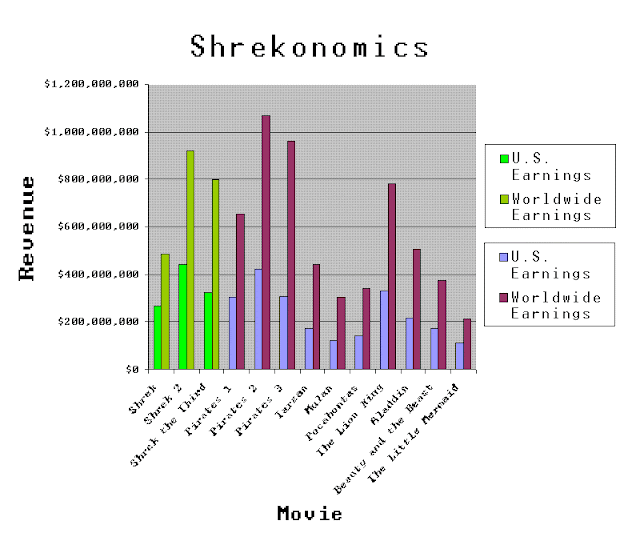*or hoboes, if you prefer - the romanticized Depression-era rail-riding tramps who have a fun ol' time bein' homeless! Substitute "swagman" if you're Australian (also "tucker bag" for "bindle" and "jumbuck" for - wait, is that even a thing?).
A new challenger approaches
A: What's not to like? It appears that the hobo, nature's physicist, uses something we no-bos call a "lever" to make his beans, bedroll, and other hobo paraphernalia easier to carry. If he uses the bindle as pictured, though, with half of the stick behind his shoulder and half in front, it won't provide any mechanical advantage - he'll use no less force than he would carrying the bag in his hand. In that case, all the bindle will do is shift the direction of the required force. A sack would do pretty much the same thing.
But! If that hobo moved the bindle so that the stick stuck out farther in front of the hobo's shoulder than behind it, then . . . well, let's look at the bindle as a lever with the hobo's shoulder as the fulcrum.
Just because it was drawn in Paint doesn't mean it's not scientific.
We've got the weight of the polka-dotted kerchief bundle, W, on the left. There's the force of the hobo's be-fingerless-gloved hand pulling the end of the stick down, FH. In the middle, there's the hobo's shoulder holding the whole thing up with force FS. Somewhere in there, we should probably include the weight of the stick, but ehhhh, whatever. We'll call the distance between the bundle and the shoulder X1 and the distance between the shoulder and the hand X2. So, say that the weight is 20 pounds and that X1 is 1/4th the distance that X2 is. Then . . .
Skip this part if you hate math and/or science!There are two principles at work here: conservation of linear momentum and conservation of angular momentum. This bindle 'n' shoulder setup is static, so we only need a couple equations to balance forces and torques. Don't worry too much about forces and torques being vectors - the forces are all straight up or straight down, and the distance ratios are set up so that the problem's the same whether we calculate distances normal to the forces or just use the distances measured straight along the bindle stick.Forces:FS=W+FHTorques:X1*W=X2*FHNow, let's substitute in the knowns: W=20 lbs and X1=.25*X2.25*X2*(20 lbs)=X2*FHwhich simplifies toFH=.25*(20 lbs)=5 lbsNow, back to the first equation:FS=W+FH=20 lbs + lbs = 25 lbs.. . . the hobo will only have to push down with 5 pounds of force to carry that weight. Not bad! And there will be 25 pounds of force on his shoulder. And if X1 is even smaller compared to X2, then less force will be required to hold the bindle, and less force will be applied to the hobo's shoulder (it'll never be less than the weight of the bundle, though). How does that compare to a sack? Go-go-gadget-free-body-diagram!
This is . . . this is a diagram, really.
More skippable math/science! Another static problem involving conservation of linear momentum. Let's simplify the problem by writing the forces as combinations of two perpendicular components, instead of as vectors. And let's make those components parallel and perpendicular to the hobo's back, so that Fh and Fb don't have to be split up. W will be split into Wy, the component of the beans' weight parallel to the hobo's back, and Wx, the perpendicular component.
Fb=Wx=W*sinθ1=(20 lbs)*sin(30 degrees)=10 lbs
Fh=Wy=W*cosθ1=(20 lbs)*cos(30 degrees)=17ish lbs. . . the hobo will pull on the rope - er, sack - with about 17 pounds of force, and a load of 10 pounds will rest on his back. The force on his shoulders will vary depending on how he holds the sack (don't make me draw another diagram), but won't exceed twice the tension in the rope plus the . . . you know what, let's not do more math here. Let's say it'll probably be around 17 pounds of force, but it could be more like 32 pounds. Change the angle to 45 degrees, and the hobo will have about 14 pounds of force on his hand and on his back. And less force on his shoulders, probably. You could calculate for greater angles, but those would be ridiculous, super-Grinchian levels of hunch.
That's about 45 degrees, there. Don't try this at home.
**Or would be, if OSHA thought that back problems from hoboing or bean-toting were occupational hazards. As it is, OSHA has no idea of the solution to these problems.
So, yes! Bindles are great! Use one! Or go nuts and use one of those yoke-like things with a load on each side so that you don't have to apply any force at all with your hands.
Sweet.


















































